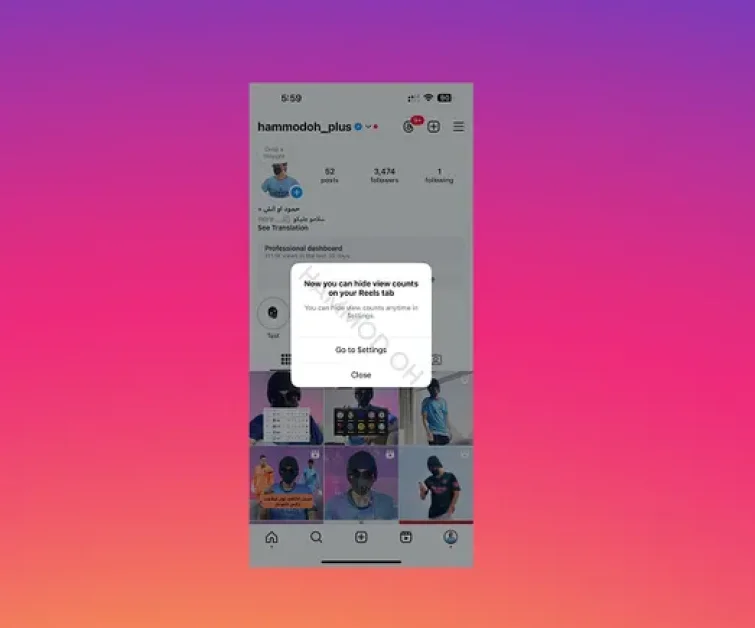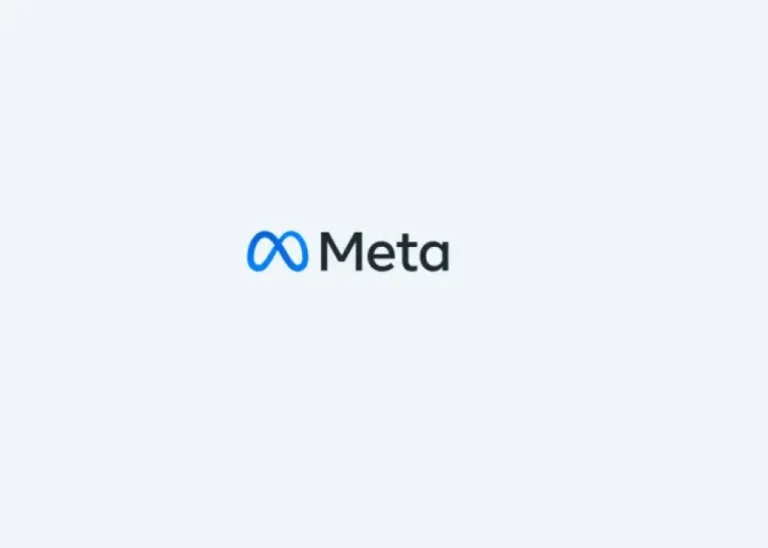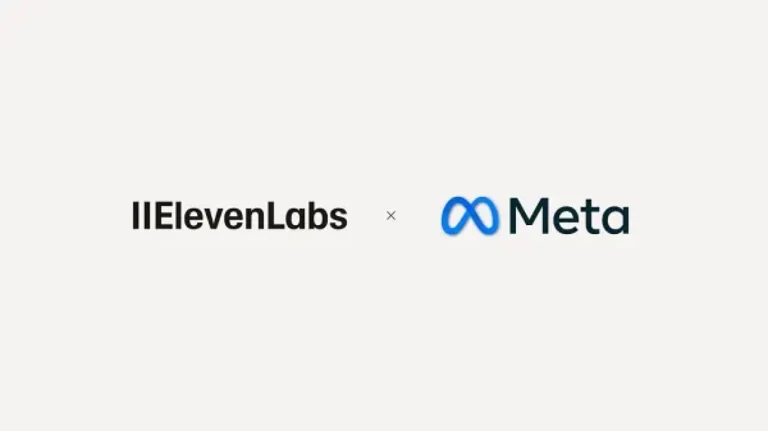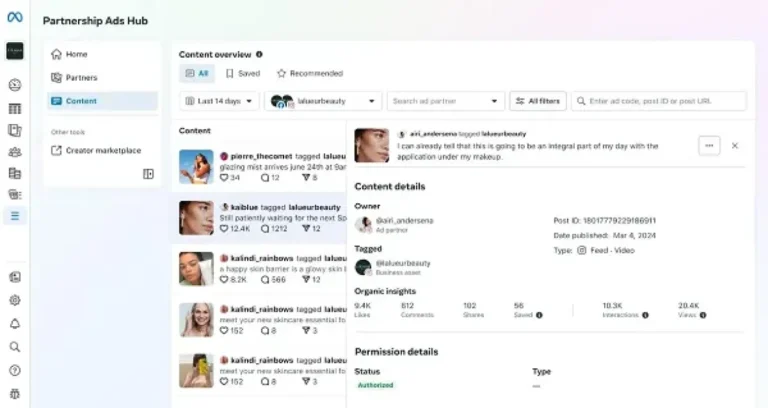Meta’s looking to give users more ways to control how their metrics are displayed on Instagram, with a new test of optional view counts on Reels on your profile, while on Threads, it’s also giving users the option to hide your Threads replies in the app.
Which both obviously serve different purpose, but are also related to the same impetus of enabling users to manage their experience on each.
And they also relate to the broader shifts in social media engagement, and how we measure such.
First off, on Instagram, the platform is testing a new option that would enable creators to hide the view count display in their Reels tab on their profile.

As you can see in this image, shared by app researcher Hammod Oh, the new option, which is not in live testing as yet, would enable you to switch off the Reels view count that appears at the bottom left of each of your Reels thumbnails.
That could get more people checking out more of your Reels, rather than just jumping to the best performing clips. Maybe that’s more beneficial in a broader content sense, though it could also make it harder for profile visitors to get the best sense of your Reels content.
Meta’s also testing another hide option on Threads, though this one would enable users to entirely remove the listing of their Threads Replies from their profile.
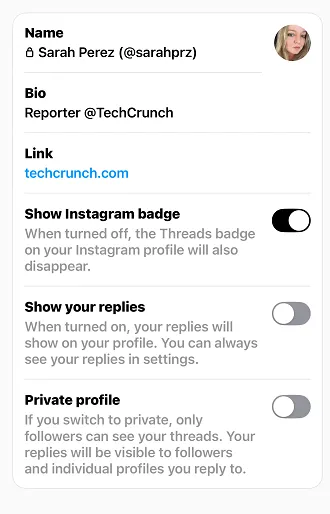
As reported by TechCrunch, that would mean that only “Threads” and “Reposts” would be visible on your profile, if you choose.
Optional UI elements like this can help to make people feel more comfortable sharing their thoughts in varying context, without the concern that other users might criticize them for their opinions and takes.
But then again, if you’re going to post comments, maybe you should have to stand by those opinions. Because the original poster is going to have to read them either way, so why should you be able to reduce the impact of those statements on your own profile?
Either way, both of these options align with Instagram’s broader push to provide more controls for users in this respect, which began with its addition of optional like count displays on IG, which it added back in 2021. Instagram found that some users felt this was of benefit, so rather than hide like counts for all users, which it had also considered, it made it an optional setting instead.
Which, really, not many people seem to have switched on. But regardless, if it’s easy to add an off switch for such, from a development perspective, it makes sense for Meta and IG to add these as options to cater to different users.
Hiding certain performance data also aligns with the broader shift away from vanity metrics, which some industry folk have been talking about for years.
Back in 2018, for example, then Twitter CEO Jack Dorsey explained that he had eventually come to the conclusion that the Twitter team had gone the wrong way in focusing on like and follower counts, as they incentivized the wrong type of user behavior.
As explained by Dorsey:
“So when you open Twitter and you see that [follower count] number, it’s actually incentivizing you to increase that number. That may have been right 12 years ago, but I don’t think it is right today. I don’t think that’s the number you should be focused on. I think what is more important is the number of meaningful conversations you’re having on the platform.”
Now, how you actually quantify ‘meaningful conversations’ is far more complex, and no platform has got this right as yet. But Elon Musk has noted similar about X, saying that the focus should be on “unregretted user minutes”, and not on more manipulable metrics.
As such, data points like followers and likes, are likely not as important, and especially so in the new era of social media, where users are increasingly reliant on algorithmic “For You” feeds to show them what they want to see. Thus they no longer need to follow profiles to populate their stream.
That’s partly why Meta is now pushing creators to focus on views instead, because you’re just not going to gain followers like you did back in the day. People are also liking less content, but sharing more readily in DMs, and as such, views and shares are now far more important stats, in terms of audience engagement.
But that also means putting more reliance on the platforms, rather than using them to build your own audience, which could be more portable in some contexts.
And either way, in the above IG test, it’s also experimenting with removing view counts as well, though that is in a slightly different context.
The bottom line is that we’re often getting caught up on the wrong metrics for the current state of social media more broadly. More algorithmic recommendations means fewer people are going to follow individual profiles, and more sharing in DMs means that likes are not as big of a driver as they once were.
But we’re still focused on them anyway. So what do you do?

